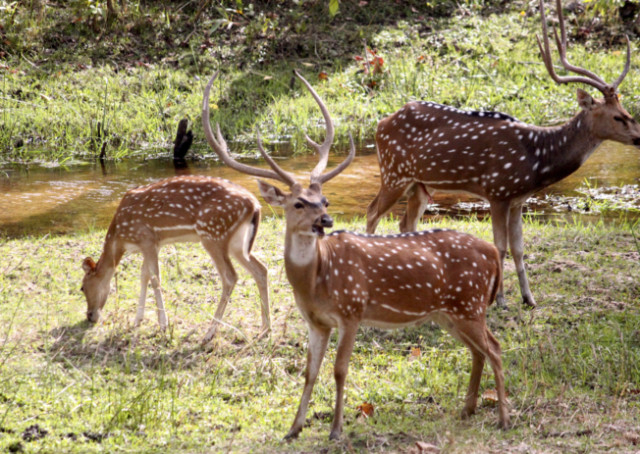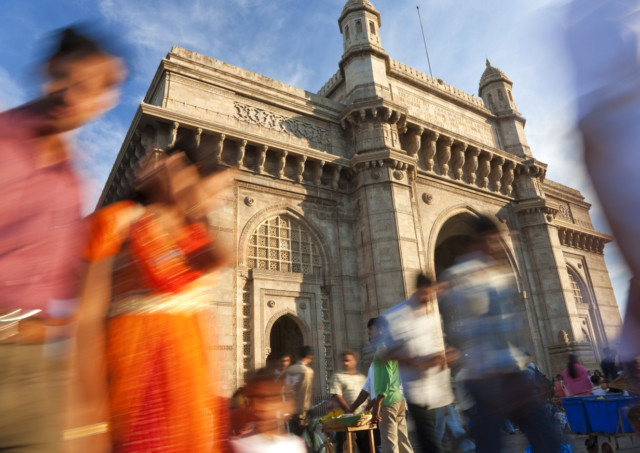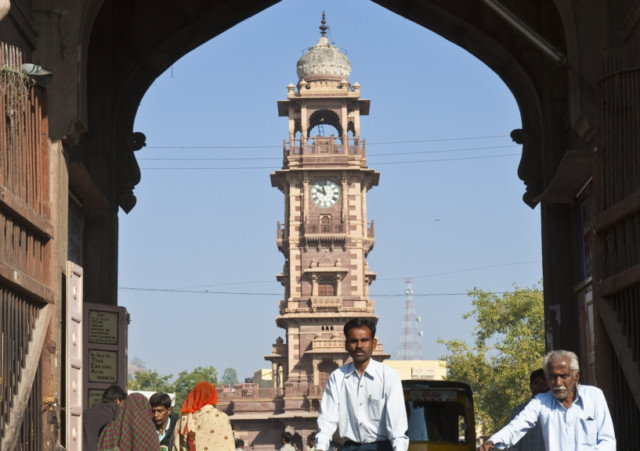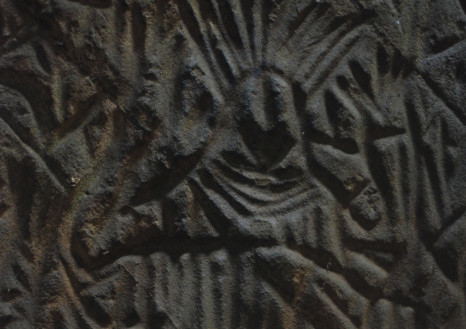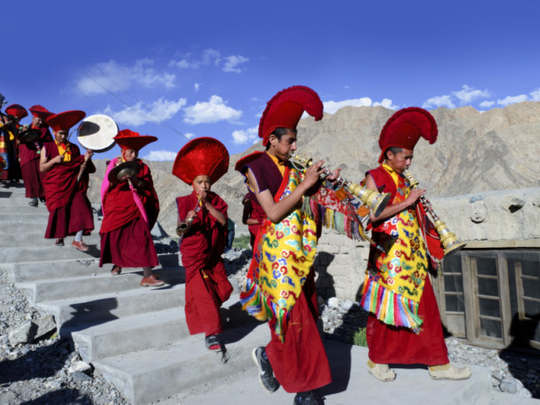
If you ever wanted to study the nature of dichotomy and counterpoint, then India — a rich thali of hot heterogeneity — is just the place. With its palaces, mountains, rainforests, national parks, indigenous culture — and cities that are home to the strikingly rich and the shockingly poor, the deeply spiritual and the completely hedonistic — it knows just how to hold the contradictions, in all their depth and variety. In celebrating life as it is, rather than how it should be, here’s a country that in all its diversity offers you bang for your buck, enchantment for your air miles.
Ladakh
For the journey-over-destination traveller, this one is hard to beat. Even while looking like a digitally manipulated landscape with its bright blue lakes, jagged mountains, sand dunes and double-humped camels, travel experiences don’t get much more authentic.
But visiting only for nature’s opera is experiencing just one side of the story. On a crowded planet, the monasteries situated at vast distances from each other are deeply satisfying to both eye and soul. The monasteries of Thiksey, Lamayuru, Hemis and Alchi may be monastic clichés, but are essential to any visit here.
There’s Buddhist iconography in the form of paintings, carvings and sculptures to be found in each of these whitewashed structures, built as a rising hierarchy of buildings with balconies at every level. Prayer flags flutter like rainbows in the breeze, along with the sound of prayer wheels turning. A kind of calm that, with all our fast- paced urbanity, is rather hard to come by.
Bandhavgarh
This national park’s claim to fame is that it has the highest relative density of tigers among India’s reserves. But that should not be your prime reason to visit this or any national park.
If you have only tigers on your mind, you’ll miss everything else that makes the 625 acres of park a hotbed of biodiversity. The brown fish owls and crested serpent eagles, animated gazelle and barking deer are zenishly fascinating to pursue.
Driving through this park at dawn and dusk each day is the complete antidote to consumerism, because what’s loveliest about being here you’ll take away as experiences and not objects. You learn, for instance — as you wait with the pounding heart of a peeping tom for the next sloth bear to show up — what it means to be completely in the present.
Mumbai
The Gateway of India is as much a symbol of this city, as are its people, ever attached to their cell phones, aspirational, eager. But despite the rapidly growing wealth in this city that is India’s hugest manufacturer of popular culture — from film and music to dance, television and fashion — it’s still possible to get rapture for your rupee if you know where to look.
Along with the vast mall complexes, designer boutiques and artisanal food being produced by celebrity chefs, there’s also a more introspective side. Walks through the old disappearing villages in Bandra and Khotachiwadi, with their wooden verandahs and crosses erected at the time of the plague; feasts of bhelpuri and vada pav (Indian burger) at street stalls; an art-gallery trail through Colaba; a play at Prithvi Theatre — are all part of this seaside odyssey. But you don’t really come to Mumbai to check off the cultural boxes, nor do you come because it’s a study in binary contrast with the very rich and very poor sandwiched side-by-side. You come because the people who drive it and are driven by it, are a glowing mass of complex, miraculous energy.
Wayanad
The tour guide who takes you around Wayanad may not be monetarily rich, but in terms of the nature that surrounds him — semi-tropical savannah, tea and coffee plantations, rainforests — he’s wealthy beyond belief. But besides its abundant nature, Wayanad is also home to half of Kerala’s tribal population. A worthy punctuation mark on this trail is the Ambalavayal Heritage Museum, which through its selection of artefacts gives context to the various tribes of the land.
To dig deeper back into archetypal memory, visit the Edakkal Caves with their prehistoric engravings that date back to the Mesolithic age.
You don’t have to be much of either historian or hippie to be mesmerised by the light filtering through these ancient cavernous structures, illuminating the engravings. Other welcome mats to any stay here are visits to the Tholpetty and Muthanga Wildlife Sanctuaries, hotbeds of elephants, gaurs, leopards and sambars. Although you’ve seen elephants before, seeing them in the wild, foraging amid plants that look as if they’ve been twisted out of some deep subconscious, is quite a different experience.
Jodhpur
With its forts and palaces, this attractive royal city was obviously built for ogling. Chances are your lust remains snagged on the impregnable hilltop Mehranagarh fort, with its dramatic interiors (think jewel-like royal apartments, marble thrones, stained-glass windows, gold filigree ceilings and elephant-seat palanquins) and beguiling views over the walled, old blue city, named for the colour wash of its ancient town houses. You could also be secretly coveting a weekend in the Umaid Bhavan Palace — now a hotel, with its startling blend of art deco, classical European and traditional Indian forms, set like a jewel amid 26 acres of land, of which 15 are gardens.
But although the throne room with its exquisite Ramayan murals and a stroll through the nearby Balsamand gardens are all testament to the way royalty lived, what really is most remarkable is the way these traditions have been nurtured. Even outside the arena of royalty the ancient thrives: local artisanal markets, antique reproducers, tie-dyers and puppet makers pepper the blue maze that is the old city.
All further proof of a pocket of cultural hope that stands its ground against the rampant forces of homogeneity and globalisation.
As you journey through India, if you don’t end up getting lost on a wilderness trail, overwhelmed by a festival, gaining a few kilos from gorging on assorted cuisines, or losing your heart to a monastery, tree-house hideaway or family of old royalty — and as a natural consequence decide to stay on forever, you’re bound to come away with some soul-stirring pictures. And a fistful of insights into the brilliant, diverse species of humanity we are part of.


